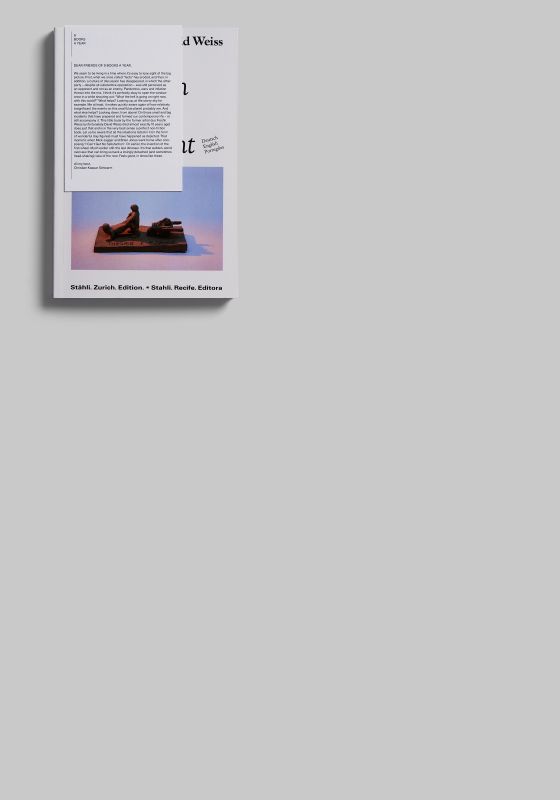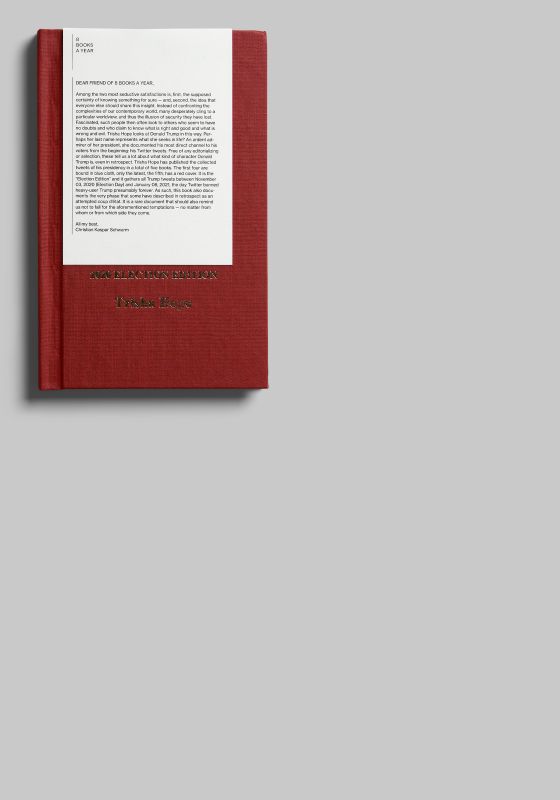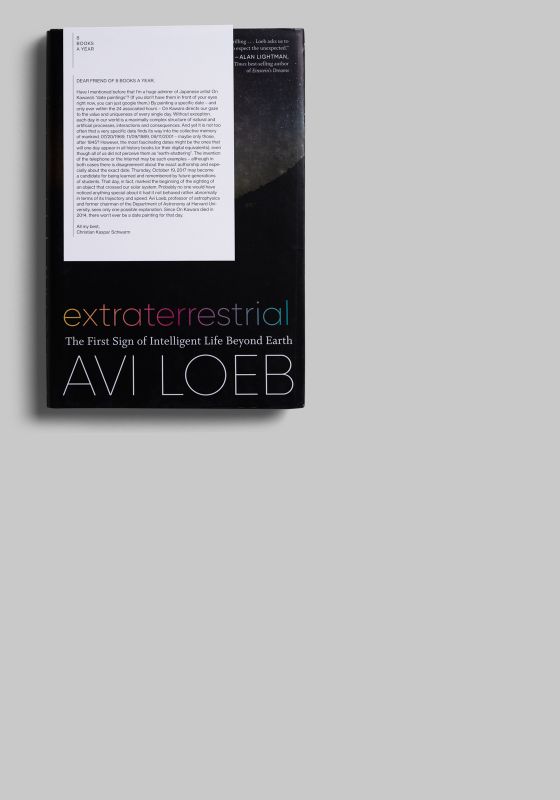JANUARY 2017
Giovanna Silva
Syria, A Travel Guide to Disappearance
Mousse Publishing, 2016
DEAR FRIEND OF 8 BOOKS A YEAR,
An older friend of mine is an experienced art collector. Some years ago, when I started to get to know him better, he revealed some of his secrets to me. One was about his insight that quite often those artworks in particular which had not been sold at the end of a gallery show became – in the long run – the most relevant and therefore valuable ones. And I also learned a German word from him which I didn’t know before: “Wahrnehmungswiderstand” – it describes the potential of an object to successfully resist being deciphered. It’s not only artworks that can have this weird quality but also books: The ones which strike me the most are actually those which unfold their multiple layers to me very slowly. I mean those books which do not support our lives by delivering a lot of tangible advice, but which make us think about life. Take Syria. We’ve heard and read so much about this country over the past few years. But for what reason? Can we still imagine another Syria, one without war and flight? Or even a “boring” Aleppo like the one Pier Paolo Tamburelli remembers in his introductory text? Are we able to see the beauty in the photos by Giovanna Silva which were glued by hand onto these travel guide copies from another era? Why did she – as the photographer and maker of this book – choose such an apologetic and modest way to present her work? And what is this book? A journey through time? A change of perspective? An exhibition? An archive? An accusation? An encouragement? You see: a lot of Wahrnehmungswiderstand we have to deal with. I promise, it’s worth it.
All my best,
Christian Kaspar Schwarm
Giovanna Silva
Syria, A Travel Guide to Disappearance
Mousse Publishing, 2016
Read InscriptionDEAR FRIEND OF 8 BOOKS A YEAR,
An older friend of mine is an experienced art collector. Some years ago, when I started to get to know him better, he revealed some of his secrets to me. One was about his insight that quite often those artworks in particular which had not been sold at the end of a gallery show became – in the long run – the most relevant and therefore valuable ones. And I also learned a German word from him which I didn’t know before: “Wahrnehmungswiderstand” – it describes the potential of an object to successfully resist being deciphered. It’s not only artworks that can have this weird quality but also books: The ones which strike me the most are actually those which unfold their multiple layers to me very slowly. I mean those books which do not support our lives by delivering a lot of tangible advice, but which make us think about life. Take Syria. We’ve heard and read so much about this country over the past few years. But for what reason? Can we still imagine another Syria, one without war and flight? Or even a “boring” Aleppo like the one Pier Paolo Tamburelli remembers in his introductory text? Are we able to see the beauty in the photos by Giovanna Silva which were glued by hand onto these travel guide copies from another era? Why did she – as the photographer and maker of this book – choose such an apologetic and modest way to present her work? And what is this book? A journey through time? A change of perspective? An exhibition? An archive? An accusation? An encouragement? You see: a lot of Wahrnehmungswiderstand we have to deal with. I promise, it’s worth it.
All my best,
Christian Kaspar Schwarm












































